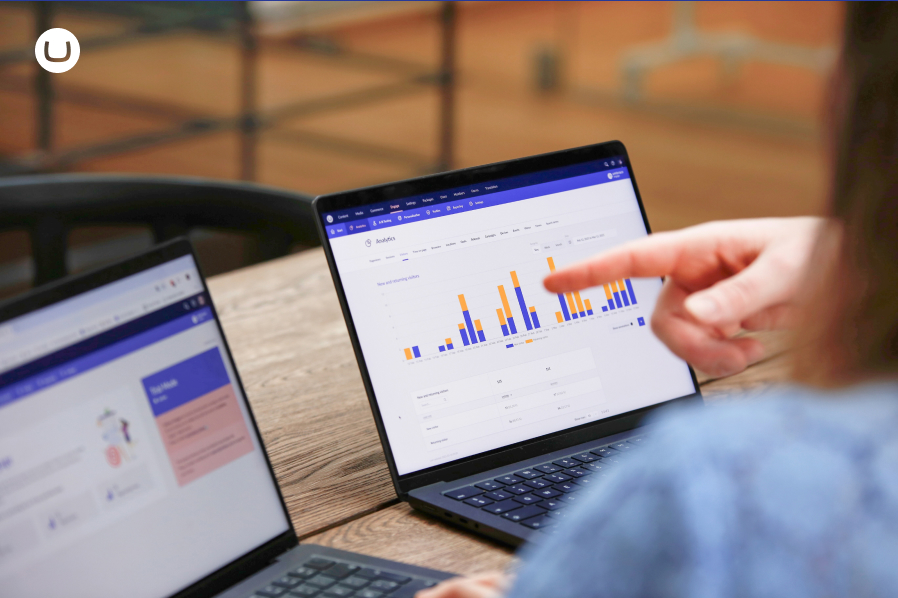When creating and editing content variants in Umbraco Engage you can make use of split view editing. This makes it easy to edit, copy, and compare content. And it is really handy for both personalized and A/B Testing variants
Creating these variations makes your audience feel understood, ultimately encouraging deeper engagement and loyalty (and conversions!).
ℹ️ How to Create Relevant Content Variants
Generating targeted messaging for your personas doesn’t have to be complicated. Try using AI prompts, together with your persona descriptions, to quickly create engaging content for each audience segment.
Example Prompt:
Go to [URL] and have a look at the headline currently being used. Now provide three homepage hero messages tailored for [PERSONA].
This is very basic, but you might be surprised by how effective it can be. For even better results, you can add context to the prompt such as goals, campaign description, and other relevant information.
💡 Why Personalization Works Better Than Generalized Content:
Personalization works because it makes your audience feel understood. A Coffee Lover is far more likely to respond to a message that speaks to their passion for that perfect brew than to a generic pitch. It’s all about making them feel like your content was created just for them. This approach is backed by research: a review of 77 academic studies on personalization found it consistently improves satisfaction, engagement, and loyalty.1
And remember, all content can be personalized. It can be a good idea, especially in the beginning, to identify content where personalization will have the most impact. Try it out, and once you have an idea of what works, you can branch out to a more comprehensive personalization strategy.






